How Barbie conquered the world
The first major feature film about the world’s most popular doll will be released next month

There have been Barbie TV shows since the 1980s, and animated feature films since the beginning of this century. However, the new film promises to be something of a step-change in the doll’s media profile.
It is directed by the Oscar-nominated arthouse director Greta Gerwig, and the leads are played by two of Hollywood’s biggest stars – Margot Robbie and Ryan Gosling. It’s a live-action comedy: after being expelled from Barbieland for being less than perfect, Barbie and Ken set off to the real world to find true happiness.
The set, featuring Barbie and her friends’ Dreamhouses, was built at the Warner Bros. Studios in Leavesden, Watford, and was drenched in so much pink that it caused an international run on a fluorescent shade of paint made by Rosco. “The world ran out of pink,” claimed production designer Sarah Greenwood.
Subscribe to The Week
Escape your echo chamber. Get the facts behind the news, plus analysis from multiple perspectives.

Sign up for The Week's Free Newsletters
From our morning news briefing to a weekly Good News Newsletter, get the best of The Week delivered directly to your inbox.
From our morning news briefing to a weekly Good News Newsletter, get the best of The Week delivered directly to your inbox.
Where did Barbie come from?
She was inspired by Bild Lilli, a racy German doll aimed at adults. In the 1950s, the tabloid Bild ran a cartoon about a call girl named Lilli, who was saucy and irreverent. (One cartoon, for example, shows her in a bikini, being told by a policeman that two-piece swimsuits are illegal. She replies: “Oh, and in your opinion, which part should I take off?”) The Bild Lilli doll was launched in 1955 as a novelty gift for men, but proved a hit with children too. In 1956, Lilli caught the eye of Ruth Handler, a co-founder of the Mattel toy company in California, when she was on holiday in Hamburg with her husband and business partner Elliot and her 15-year-old daughter Barbara, who loved Lilli. At the New York Toy Fair in March 1959, Mattel launched a very similar-looking doll, named after Barbara: Barbie.
So Ruth Handler stole the idea?
Mattel clearly used Bild Lilli as a template. In 1961, Greiner & Hausser, Lilli’s manufacturer, sued Mattel for infringing its patents. Mattel settled out of court and bought the rights in 1964, burying Barbie’s origin story. However, Ruth Handler had, it seems, already spotted the gap in the market and, a brilliant entrepreneur, was able to exploit it. She and Elliot had started Mattel in their garage in 1945, making dolls’ furniture out of newly available plastics. Later, they tapped into the baby boom by making toys and marketing them innovatively. In 1955, Mattel advertised its “Burp Gun” on the first ever series of The Mickey Mouse Club, the first time a toy had been advertised directly at children on TV. It was a great success – an early triumph for “pester power”.
Why did she think Barbie was a good idea?
At the time, children in the US only really played with baby dolls, and Handler thought a doll of an adult woman would capture children’s imagination. She had also noticed that Barbara loved playing with paper dolls that came with cut-out outfits that children could change; this gave her the idea for a “fashion doll”, of which there were very few at the time. Her colleagues were dubious: “Ruth,” Elliot is said to have told her, “no mother is ever going to buy her daughter a doll with breasts.” But she was adamant. “Every little girl needed a doll through which to project herself into her dream of her future,” she said in a 1977 interview. “If she was going to do role-playing of what she would be like when she was 16 or 17, it was a little stupid to play with a doll that had a flat chest. So I gave it beautiful breasts.”
Was the doll an immediate hit?
At first sales were slow, because industry buyers and parents were hesitant. But once again, Mattel bypassed the adults by advertising on The Mickey Mouse Club. The first Barbie was relatively cheap, too: it was $3 and came in a now famous black and white swimsuit. You could buy blonde or brunette (though blonde Barbie has always sold better). To keep sales ticking over, a range of clothes costing $1-$5 were also available. By the end of its first year, it was a hit: 350,000 Barbies had been sold. By 1966, Mattel controlled 12% of the $2bn US toy market and had 15,000 employees.
A free daily email with the biggest news stories of the day – and the best features from TheWeek.com
What was the secret of her success?
In 1959, Barbie was arguably a revolutionary figure. She lived alone, worked for a living and later had her own “Dreamhouse”. Ruth Handler’s idea was that girls should imagine themselves living as adults the way they wanted to, not just as stay-at-home mothers. Barbie did get a boyfriend, Ken, in 1961 (oddly enough, named after Barbara Handler’s brother), but she wasn’t defined by her relationship. Mattel’s marketing was ingenious. It created an entire character for her. Her full name is Barbara Millicent Roberts and she’s from Willows, Wisconsin. She started as a fashion model, but over the years she has had countless jobs, as a doctor, astronaut, model, Nascar driver, Olympic athlete, soldier, engineer, rock star, palaeontologist, and a presidential candidate, running under the slogan: “Go vote. Go run. Go lead. Go, girl!” She has also moved with the times, albeit not as fast as critics would like; the first black Barbie appeared in 1980.
Why is Barbie controversial?
She has long been a target for feminist criticism, because of her unrealistic figure and the hyper-feminine “candy pink” image that she projects. (In the 1990s, a New York group calling itself the Barbie Liberation Organisation swapped the voice boxes inside Barbie dolls and GI Joes in shops, so that Barbie bellowed “Vengeance is mine!”, while Joe chirped “Wanna go shopping?”) Barbie’s measurements in inches, if she were 5ft 9in, would be approximately 39-18-33, with a nine-inch neck, and a dangerously low BMI of 16.2. Scientists say she would be unable to hold herself up, and “would likely not menstruate”. One study, in the journal Body Image, concluded that girls aged 6-8 who played with Barbie dolls had more complaints about their bodies than girls who had dolls with more realistic proportions.
Will she ever stop?
It seems unlikely. Since 1959, well over a billion Barbie dolls have been sold. Today, according to Mattel, more than 100 dolls are sold every minute, across 150 nations. In 2022, the brand racked up $1.5bn in sales. Barbie has continued to evolve: more realistically proportioned “petite, tall and curvy” versions are now available (though the original still vastly outsells them). Barbie has expanded into TV, film and social media, and has adapted to “age compression”, the phenomenon of children growing up faster: the average customer used to be 12; now they are three to five. Love her or loathe her, she is, according to M.G. Lord, author of Forever Barbie, “the most potent icon of American popular culture in the late 20th century”. Another Barbie expert, Christopher Varaste, went even further, dubbing her “the face of the American dream”.
-
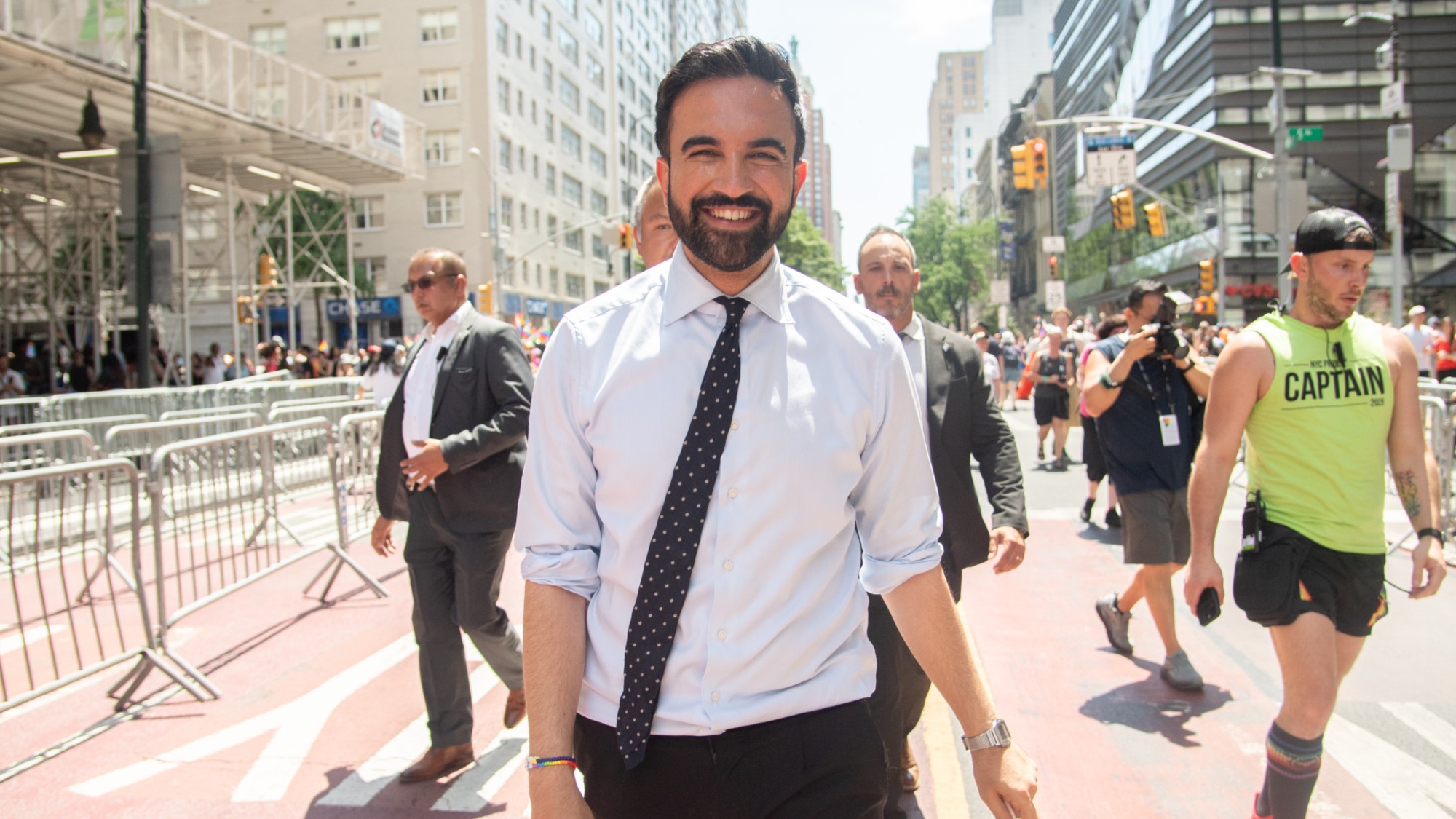 Zohran Mamdani: the young progressive likely to be New York City's next mayor
Zohran Mamdani: the young progressive likely to be New York City's next mayorIn The Spotlight The policies and experience that led to his meteoric rise
-
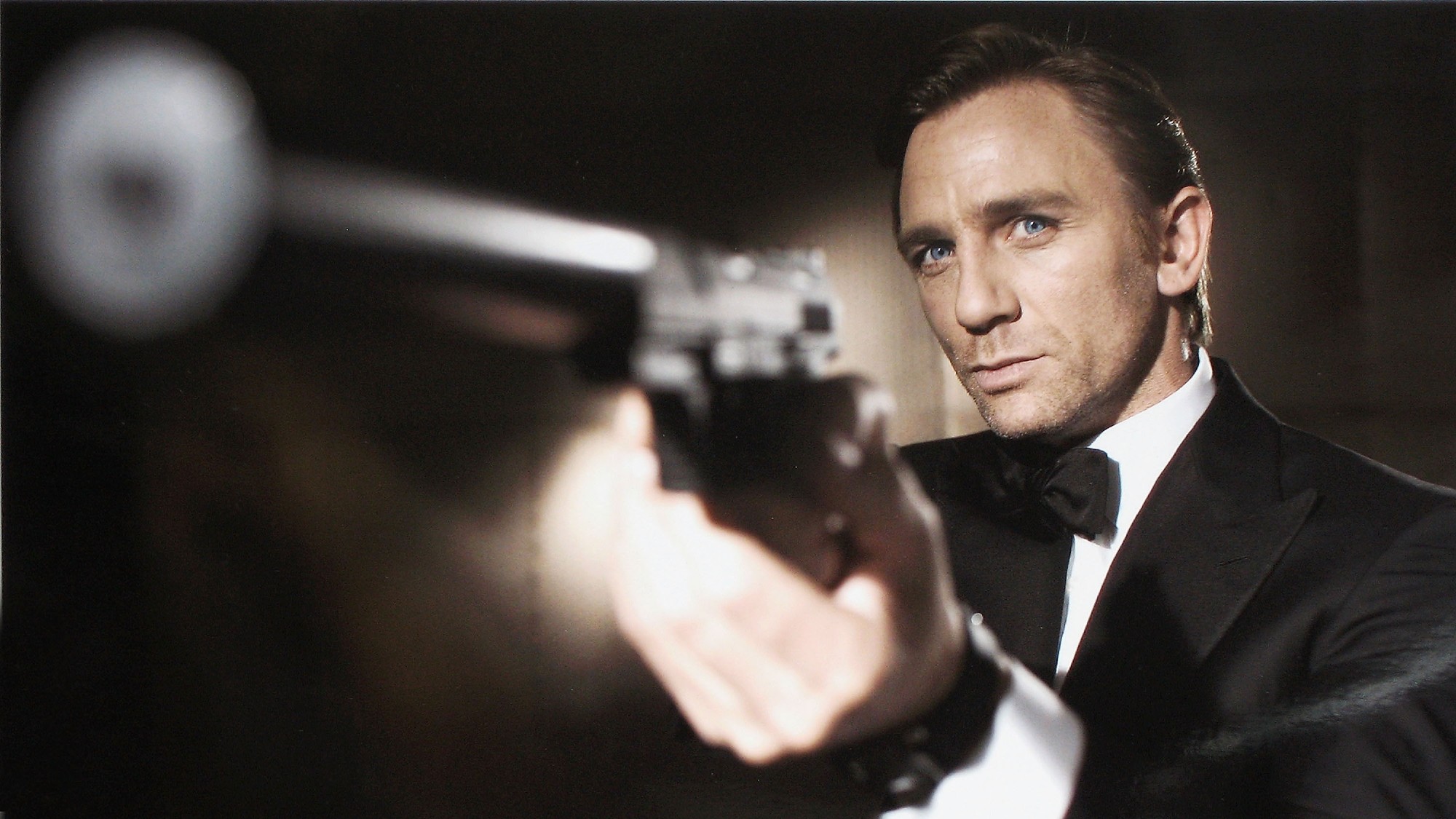 The best film reboots of all time
The best film reboots of all timeThe Week Recommends Creativity and imagination are often required to breathe fresh life into old material
-
 'More must be done'
'More must be done'Instant Opinion Opinion, comment and editorials of the day
-
 The tourist flood in the Mediterranean: can it be stemmed?
The tourist flood in the Mediterranean: can it be stemmed?Talking Point Finger-pointing at Airbnb or hotel owners obscures the root cause of overtourism in holiday hotspots: unmanageable demand
-
 Thai fish pie with crispy turmeric potatoes recipe
Thai fish pie with crispy turmeric potatoes recipeThe Week Recommends Tasty twist on the Lancashire hot pot is given a golden glow
-
 Lovestuck: a 'warm-hearted' musical with a 'powerhouse score'
Lovestuck: a 'warm-hearted' musical with a 'powerhouse score'The Week Recommends Team behind the hit podcast My Dad Wrote a Porno have created a hilarious show about a disastrous viral Tinder date
-
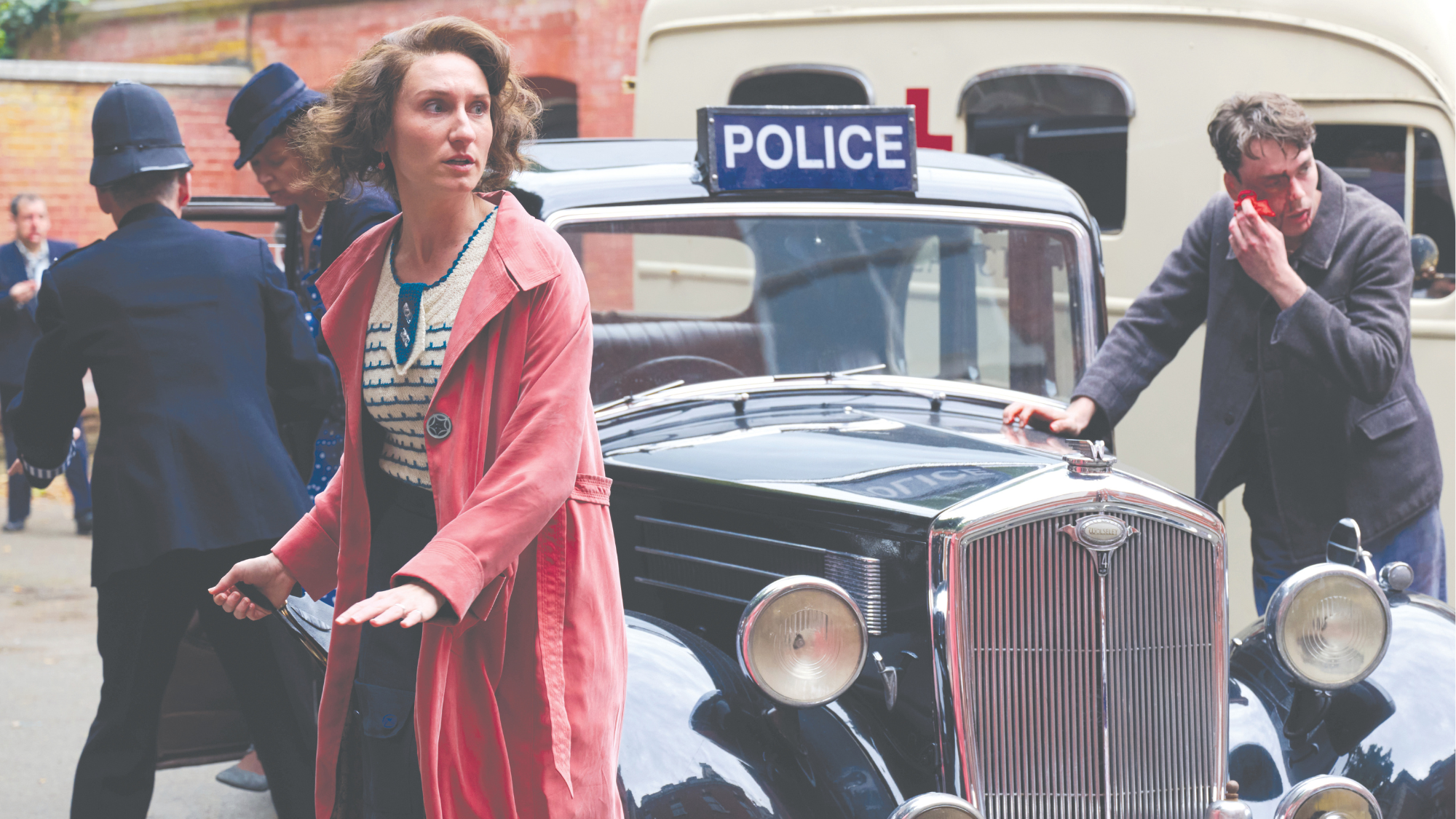 Outrageous: glossy Mitford family drama is full of 'fun, fashion and froth'
Outrageous: glossy Mitford family drama is full of 'fun, fashion and froth'The Week Recommends Adaptation of Mary Lovell's biography examines the scandalous lives of the aristocratic sisters
-
 F1: The Movie – a fun but formulaic 'corporate tie-in'
F1: The Movie – a fun but formulaic 'corporate tie-in'Talking Point Brad Pitt stars as a washed up racing driver returning three decades after a near-fatal crash
-
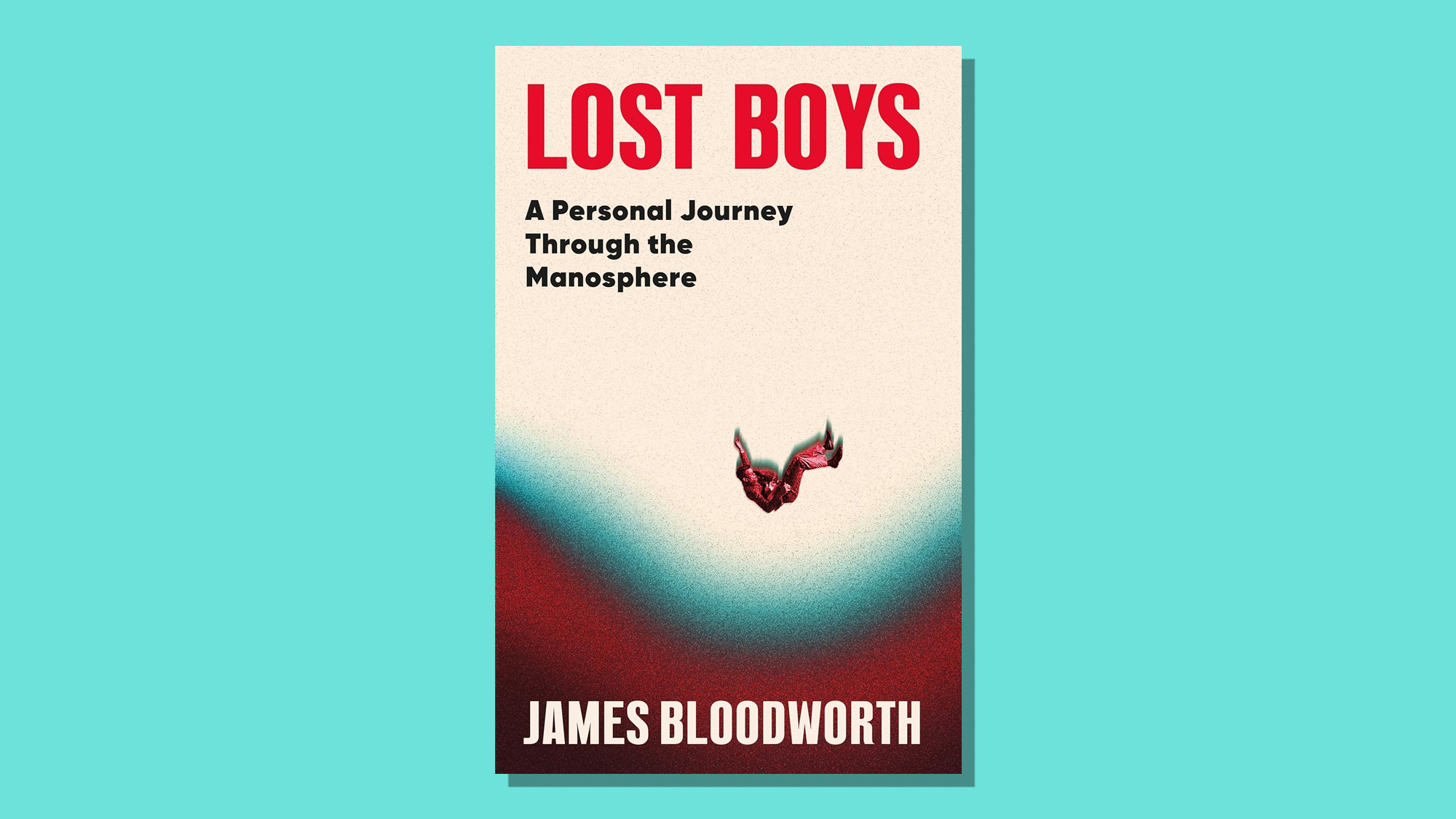 Lost Boys: a 'sobering' journey to the heart of the manosphere
Lost Boys: a 'sobering' journey to the heart of the manosphereThe Week Recommends James Bloodworth examines the 'cranks and hucksters' making money through 'masculine discontent'
-
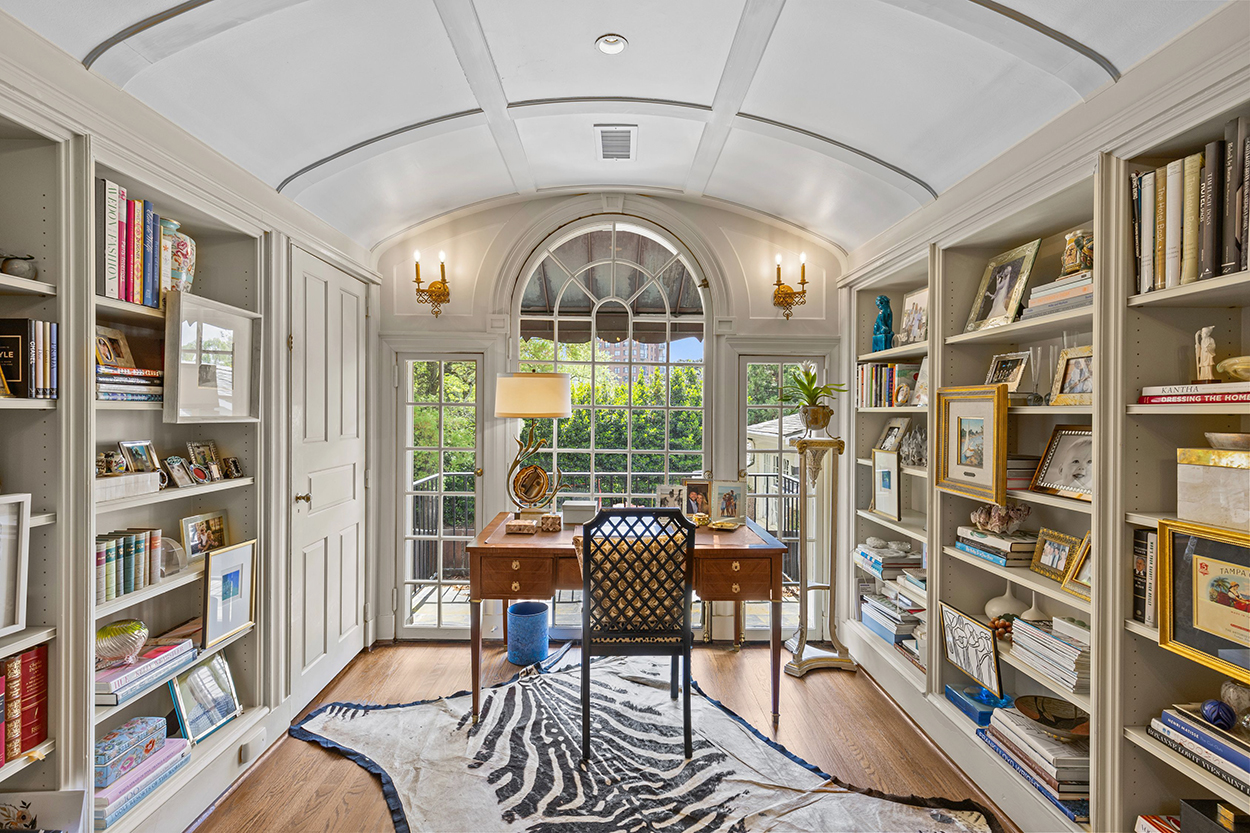 6 productivity-ready homes with great offices
6 productivity-ready homes with great officesFeature Featuring an office with a gas fireplace in Oregon and a shared workspace with wraparound windows in Massachusetts
-
 Critics' choice: Carrying the flag
Critics' choice: Carrying the flagFeature The best barbecue in town, Bradley Cooper's cheesesteak restaurant, and more